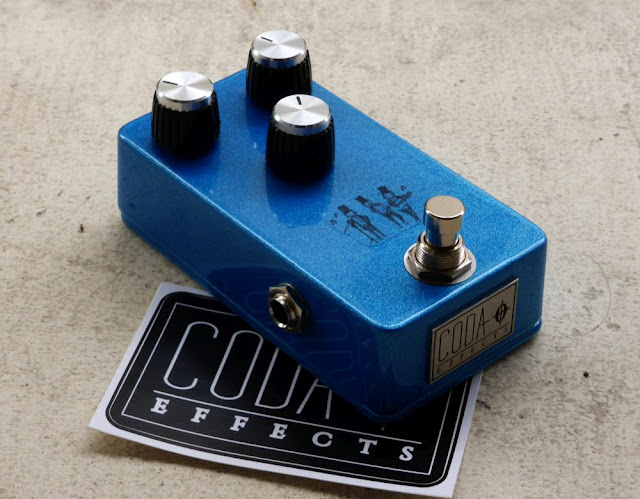Today, I am going to introduce the concept of
Development Hell: it is a special place where projects stay when they need a lot of fine tuning before properly work. Unfortunately, I have a few projects that are still burning there, like the one I am going to present today.
It is a multi-fuzz machine! I always felt that a lot of Fuzz are quite a "one trick pony", they have a very characteristic sound that can be modulated by mods, but still sounds "like a fuzz face", "like a big muff"...etc. Moreover, fuzz are usually quite simple circuits, and I find that allowing one spot per fuzz on a pedalboard can quickly be space-inefficient.
So I decided to create
a multi fuzz pedal, with no more than 3 different fuzz inside : a germanium Fuzz Face, a Muff Fuzz and a Companion Fuzz, which should provide the 3 main "flavors" of fuzz in this world: a classic warm, soft fuzz face, a "chainsaw", very raspy Companion Fuzz, and a compressed and heavy Muff Fuzz.
On top of that, I added an upper octave generator that allows to combine it with any fuzz, with a potentiometer to adjust the amount of octave. It is based on the Green Ringer circuit, which is a small, but efficient analog octaver circuit.
And of course, I made it fit in a 125B enclosure...
Here it is in its current form:










